Tam Gryn is the second curator of Art Curator Grid community to create an NFT project on our new platform, Artpool. The Director of Fine Arts at Rally.io and Head Curator at Showfields, Gryn actively helps artists create their own autonomous crypto economies.
Last week, she invited six amazing artists to take part in the project "The Faces of the Web 2,3", who in turn created 14 NFT artworks in total - in media such as digital collages, scanner, and illustrations.
It was an open edition drop, meaning the quantity of each artwork available was unlimited but not the time of the sale. Collectors were invited to pay their purchase could either in crypto or credit card. The only limitation was of time: the artworks were available on Artpool platform for only four days (from November 4th to November 7th).
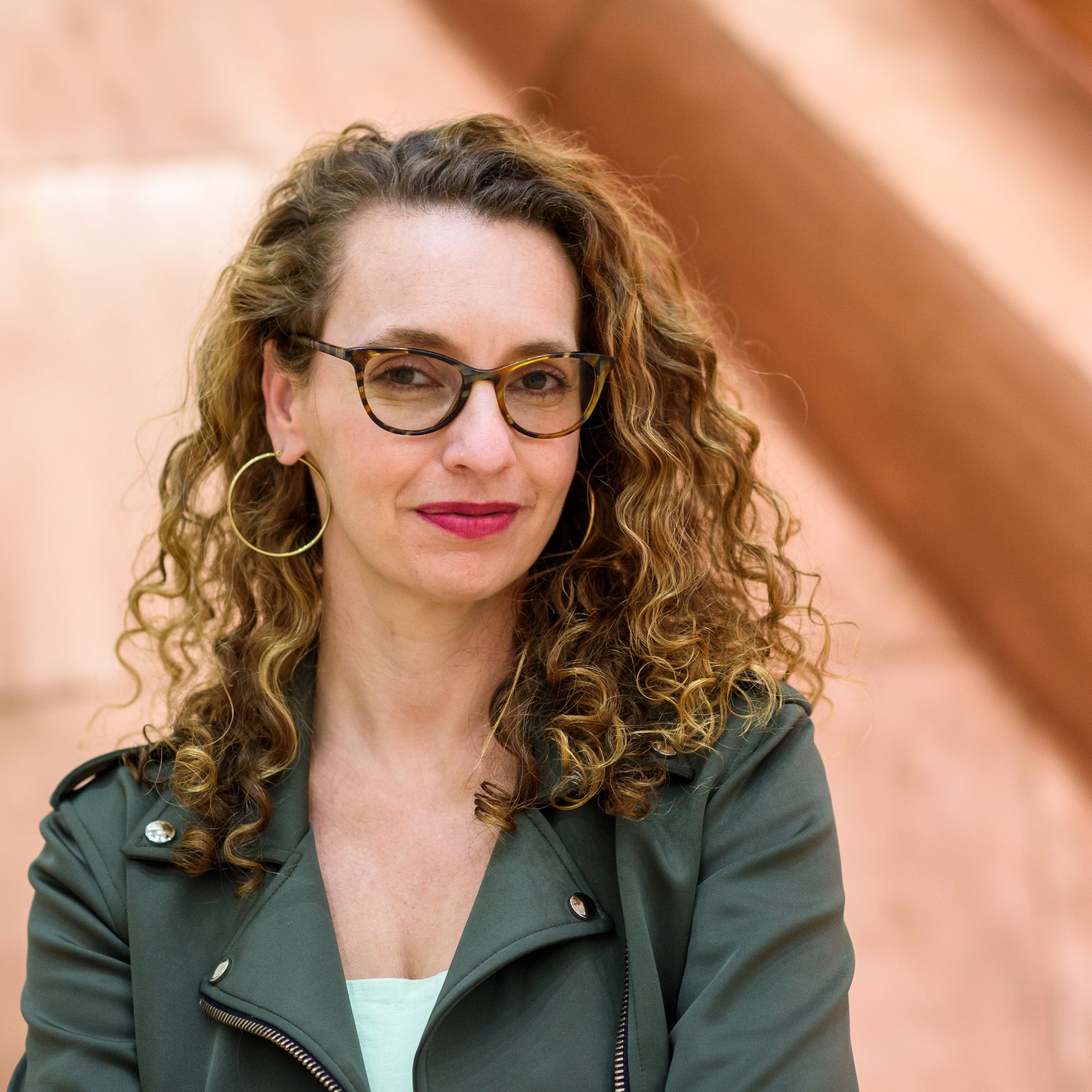
It was the first time half of the the artists worked with NFTs. It was also the first time some of the 'collectors' bought artworks as NFTs. The curated NFT project is what makes Artpool different from any other marketplace: Artpool is not just aiming to sell, but to sell with purpose, work in favour of the creator's economy, and make it easiear for curators, artists, art professionals and enthusiasts to take part in this new art and crypto-universe.
See below for the interview we carried out with Tam Gryn about her experience working in Artpool - and some advices that will enourage you, curator, to create your first project with us:
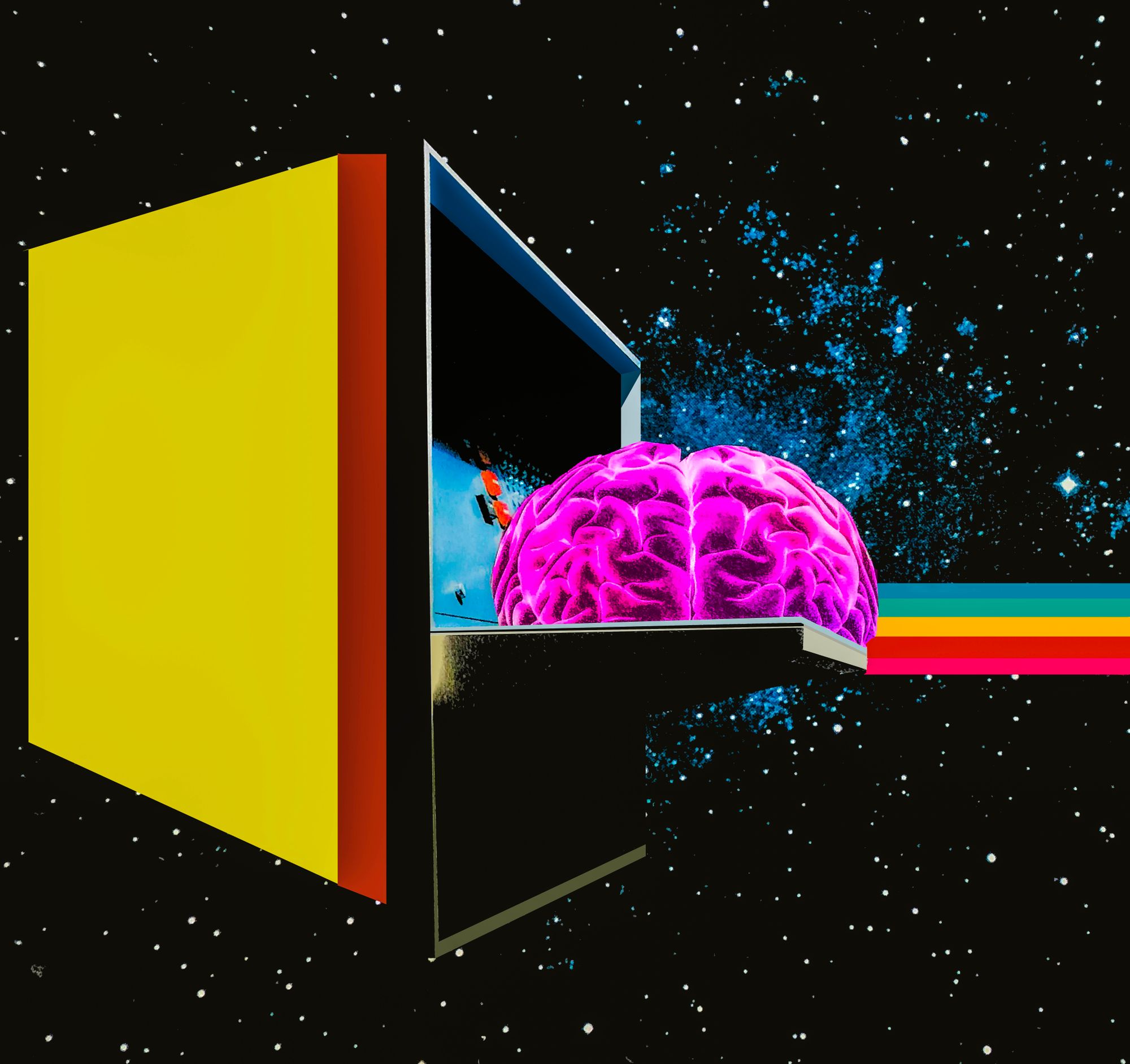
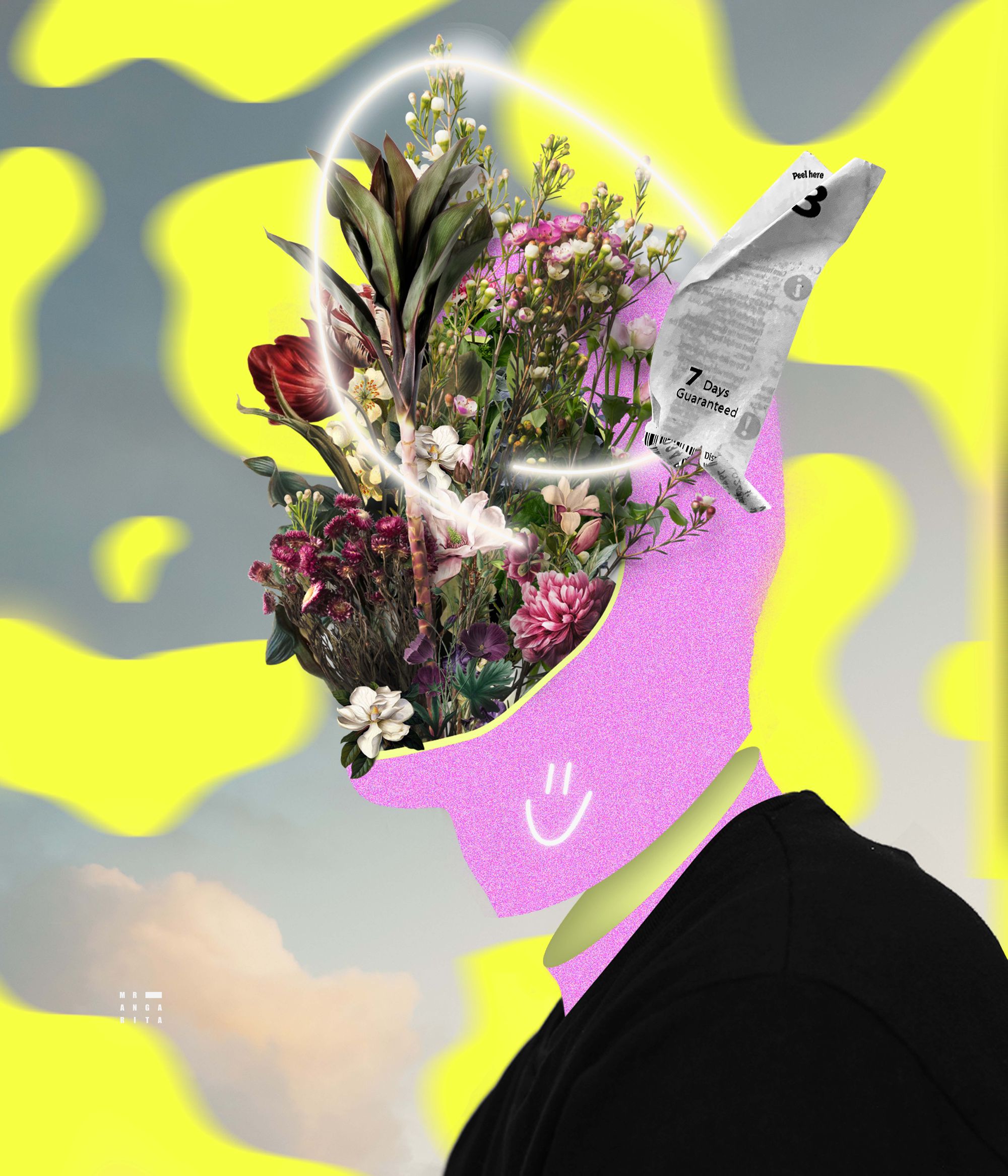
What or who are the faces of the web today?
There are many artists who are actively transitioning from Web 2 to Web 3 as the Digitalization Movement peaked in 2020. To give some context, Web1 describes the beginning of the internet when companies created value and also monetized from it (aka email and marketplaces). Web2 is the current internet era when users create content but companies still monetize on most of the value (i.e social media, Uber...). We are now at the cusp of Web3 when users of the internet will create the value and also fully monetize from it (crypto). Pioneering artists that are leveraging the communities that they built on Web2 social media platforms are the ones succeeding in Web3 crypto.
You have had the experience of working with several NFT marketplaces selling art. What is the difference between those marketplaces and Artpool?
The main difference at ArtPool is that the team has excellent communication and execution, providing a huge amount of support to artists and collaborators. Also, the mission of fundraising for the arts is innovative. It is curated which is also a differentiator. At Rally where I curate the Fine Arts partnerships, we focus on utility combining NFTs with social tokens so that artists can get the upside from both as a 360-degree autonomous economy. We are also eco-friendly which is important to artists and their communities.
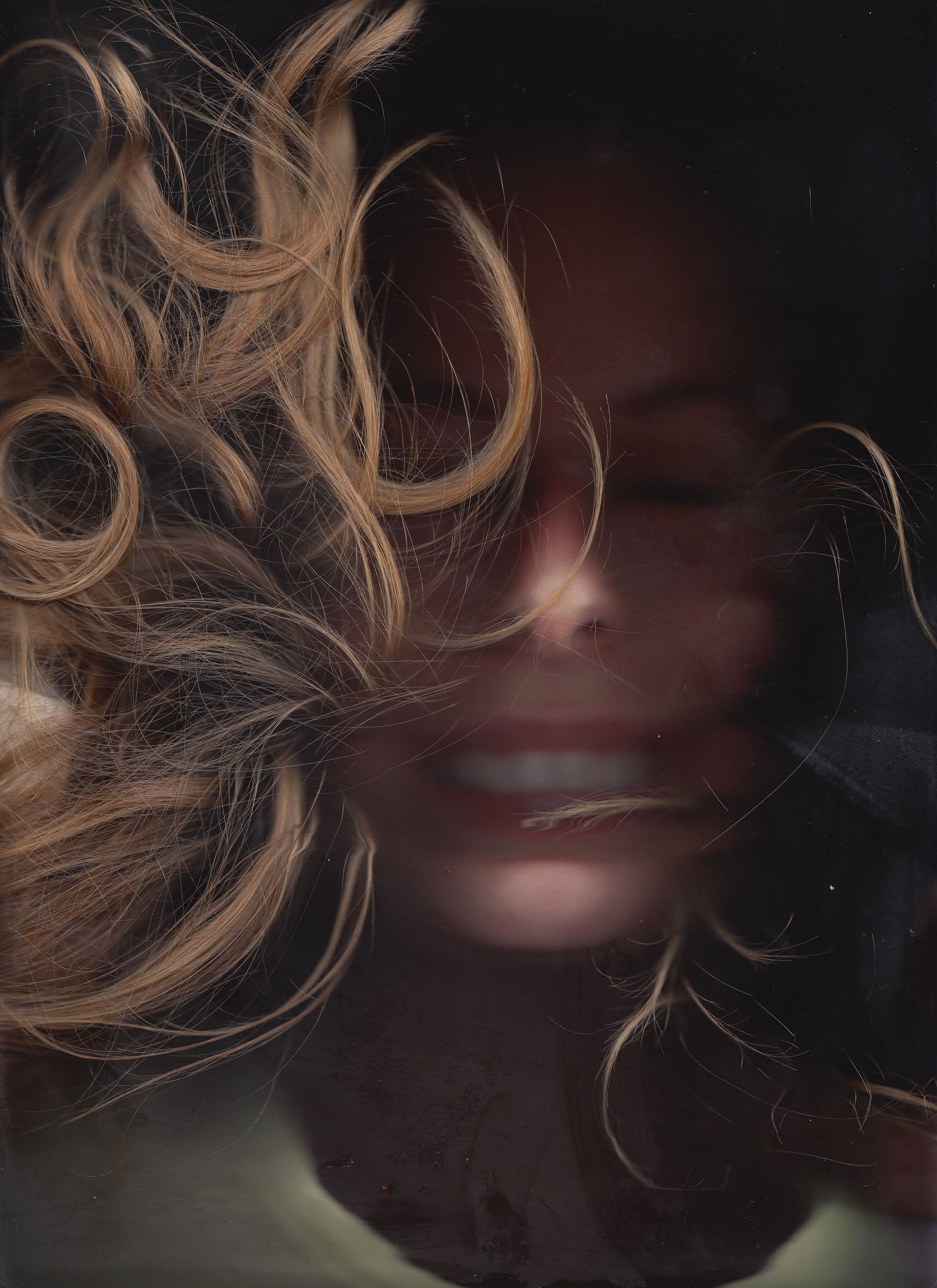

Have all artists of ‘The faces of Web 2,3’ had previous experiences with NFTs? Is it possible to work with artists who don’t have any experience with new blockchain Technologies?
Half of the artists in this curation had experimented with NFTs before and for half of them, it was their first time testing this medium. This was purposefully part of the curation, I wanted to address the current state-of-the-art community where we are in between Web2 and Web3.
What are the differences between curating a digital show and an NFT project such as the faces of the web? Which concerns should you take into consideration as a curator?
Most importantly artists royalties for perpetuity. I wish all shows including physical artworks would be accompanied by NFTs in order to protect artists' intellectual property forever. It is also important to consider the utility of these NFTs down the line, what purpose will they serve? In this case, the goal was to provide a new audience with collectible avatars that can be authenticated as profile pictures by Twitter down the line and be part of our digital identities.
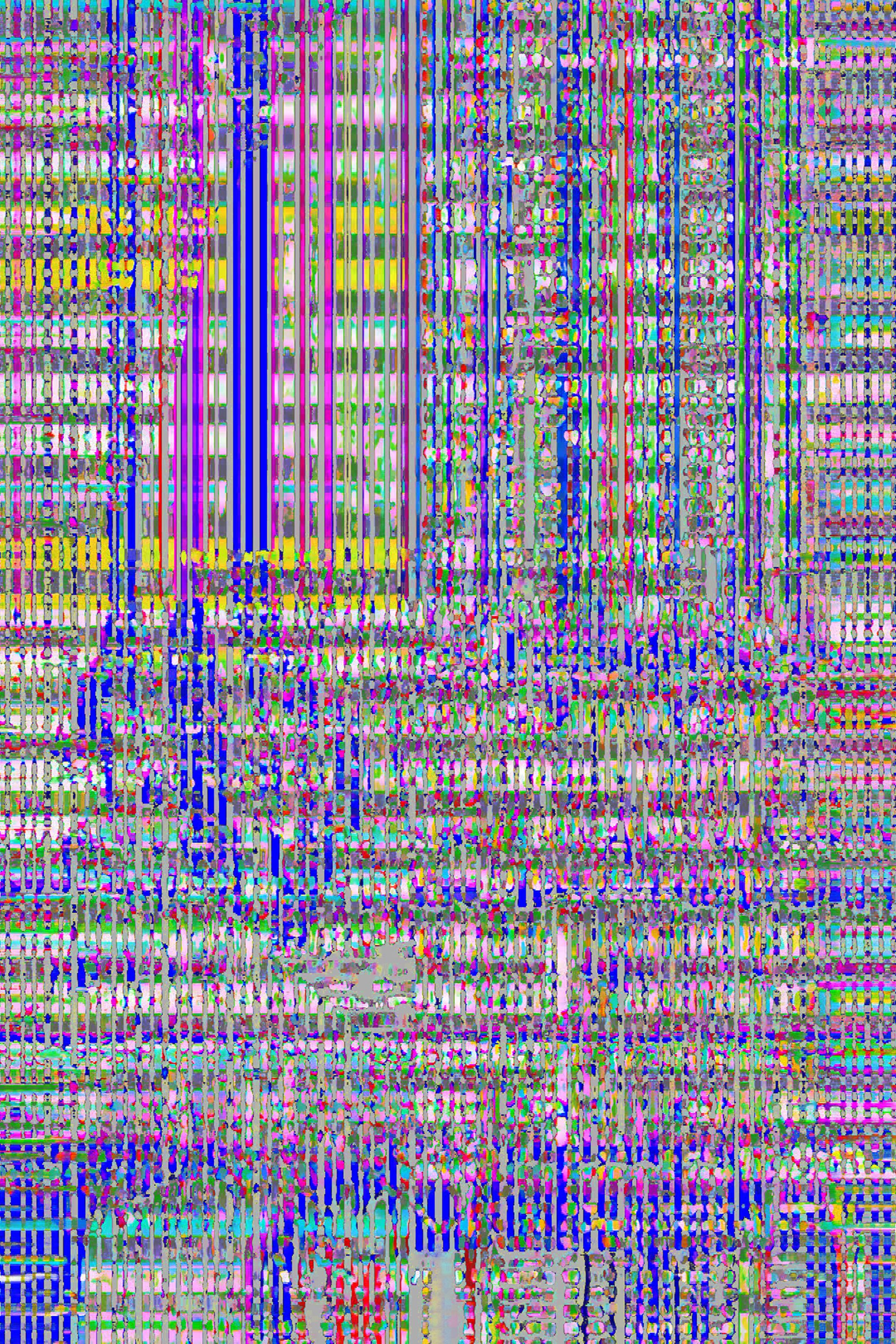

Dozens of editions were sold during the four days your project was out there. In your opinion, who buys NFT artworks and why?
I am really happy to see the good response from the community stepping up to collect in this show. I think collectors were a combination of crypto natives who want to see a fine arts aesthetic and conceptual depth coming into the space and traditional art collectors feeling safe buying their first NFTs.
What advice can you give other curators of our community who would like to try to work with NFTs and create a fundraising project with Artpool for the first time?
My advice is to open your mind, educate yourself, take classes, follow the leaders of the space on Twitter, listen to podcasts and YouTube videos and learn as much as you can about Web3 and the new creative economy. Very soon you will see that we are in the middle of a creative renaissance where being an artist and curator is not only in demand, but for the first time in history, we have all of the leverage.
If you have a project that needs funding let us know! We’re here to help you navigate through this new NFT world because, at the end of the day, we want to create a future where fundraising is less of a burden and everyone can access and enjoy art.
Tell us about your findraising needs: hello@artpool.xyz